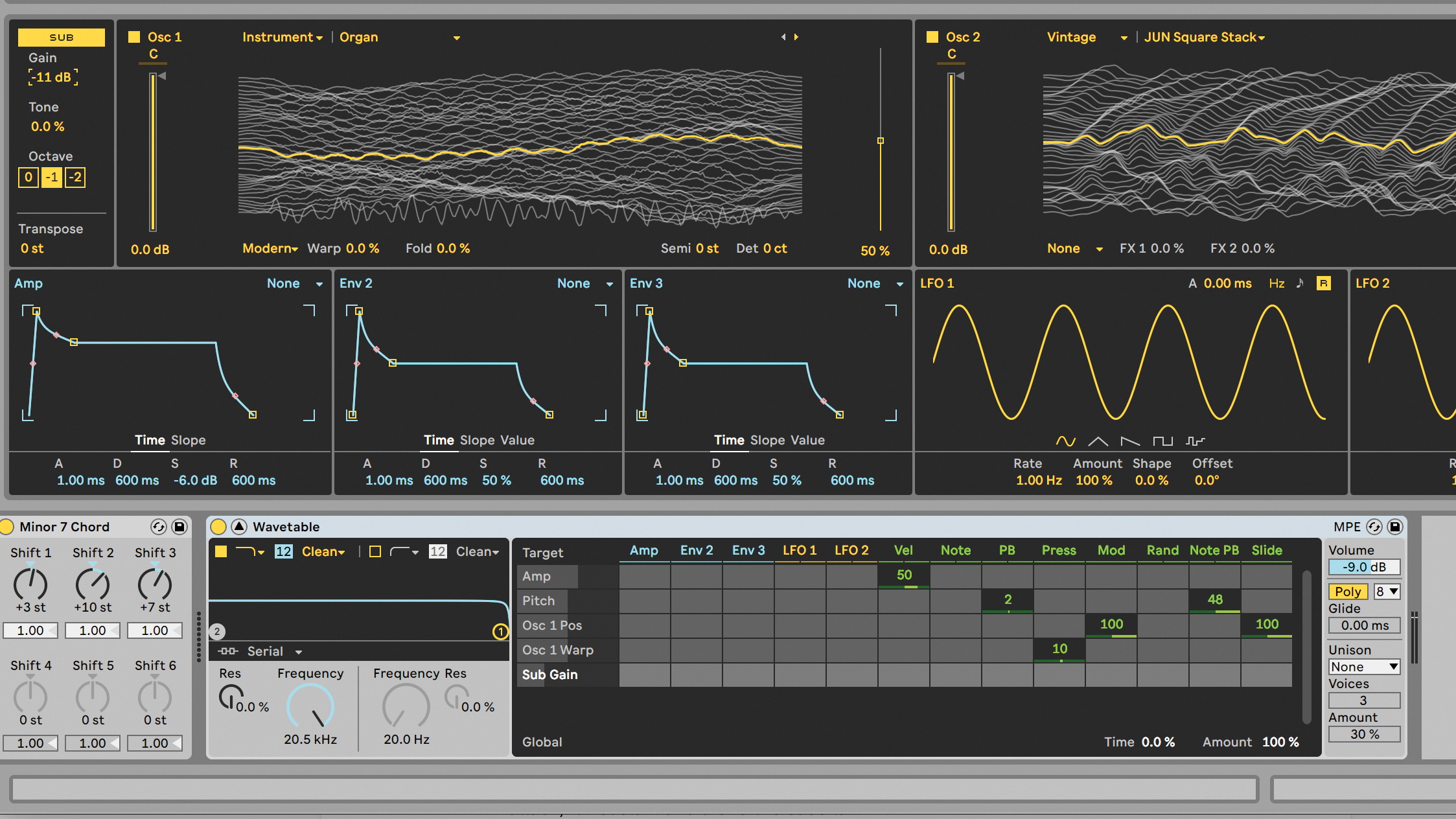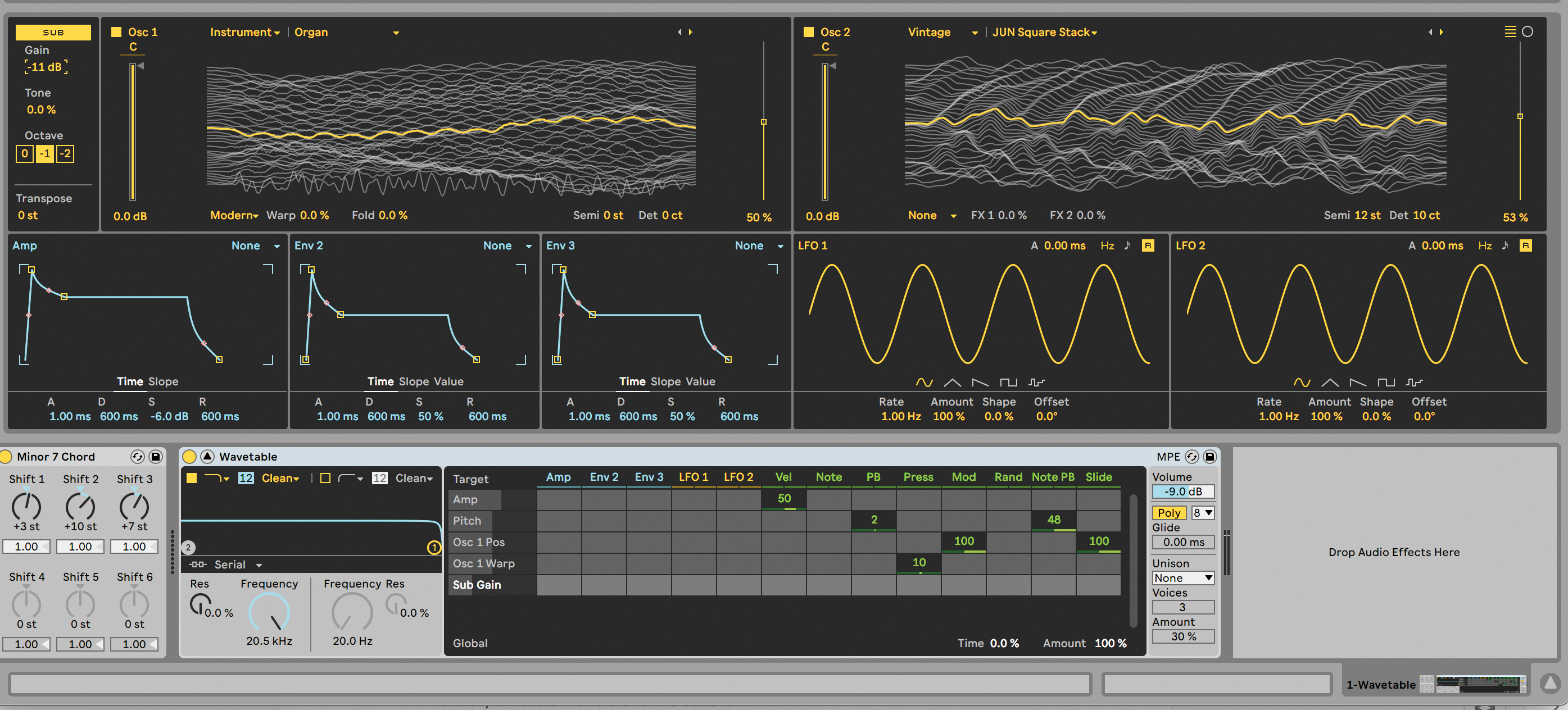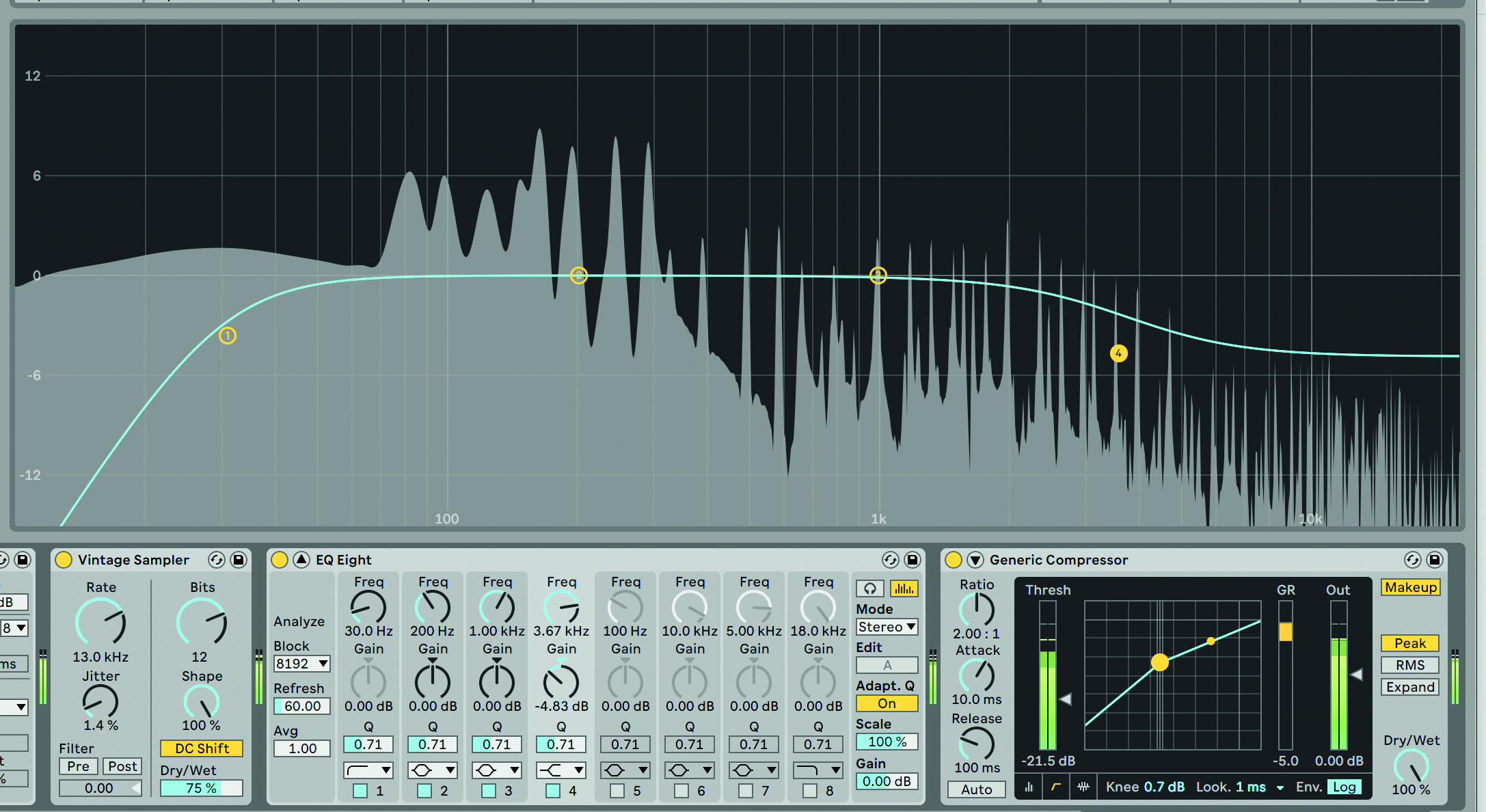How to create a classic rave chord stab
A staple of dance music, these short, punchy bursts of sound can provide harmonic and percussive drive in one go

This week, we've been sharing a series of tutorials that cover the most essential, bread-and-butter synth patches that should be in every aspiring synthesist's arsenal, as part of our guide to the 15 synth patches every producer should know. Today, we take on the rave chord stab.
Chord stabs are a staple of dance music. These short, punchy bursts of synthesised or sampled sound can provide harmonic and percussive drive in one go. They can be versatile too – a simple stab offsetting a bass riff can get a groove going, or you could try sequencing a whole pattern of them for a Detroit-style chord riff.
In the early days, chord stabs involved sequencing a patch from a synth. As samplers took off in the ’90s, however, sounds became more complex, involving layering samples cut from multiple records or bounced from sampling synths such as the M1 or Wavestation.
Modern wavetable plugins make it easy to replicate this mix-and-match approach to timbres. Let’s create something suitably ravey with Ableton Live’s Wavetable.

A key characteristic of these sample-like chord stabs is that the chord shape remains consistent as it’s played up and down the keyboard.
Because of this, rather than programming and playing each chord individually, we’ll use a MIDI tool so we can trigger the same chord each time using a single root note. We do this using Live’s Chord, set up to trigger a minor 7 chord.

The sound is made by layering multiple timbral elements together. We load an organ sound into Wavetable’s first oscillator, then scan through the wavetable position to find a timbre that sounds bright but not harsh.
Want all the hottest music and gear news, reviews, deals, features and more, direct to your inbox? Sign up here.
Unlike most wavetable sounds, we’re not going to set up any modulation, as we want to replicate the static nature of sampled chords.

We activate Wavetable’s second oscillator. A good approach is to pair something ‘real’ – such as an organ, piano or even a vocal – with a synthesised sound.
For our second oscillator we use a stacked square wave from a vintage synth. To create thickness we detune osc 2 by 10 cents, we also pitch it up by 12 semitones. Finally, we engage the sub oscillator for a little extra weight.

We engage a 12dB low-pass filter and roll the cutoff down to 150Hz. Next we’ll use Env 2 to modulate the cutoff.
We set this with 0 attack, a short decay, a touch of sustain and release, and modulation to the filter of 60%. This gives us a nice, punchy stab. For the amp envelope, we apply a simple shape with zero attack, full sustain and a short release tail.

To tame our chord stab, we use an EQ to roll off some of the low end and a few of the higher frequencies.
We also apply a subtle touch of bitcrushing for that ‘old-school sampler’ sound, as well as a gentle squeeze of compression. A big reverb will bring that epic rave feel, or try sending your sound to a tape delay for a more dub-like effect.

Traditionally in dance music, these stab sounds would be sampled and resequenced. This is easy to replicate by bouncing your finished sound out as recording, then loading it into your DAW’s sampler. Try bouncing the sound with effects applied, such as reverb and delay.
I'm the Managing Editor of Music Technology at MusicRadar and former Editor-in-Chief of Future Music, Computer Music and Electronic Musician. I've been messing around with music tech in various forms for over two decades. I've also spent the last 10 years forgetting how to play guitar. Find me in the chillout room at raves complaining that it's past my bedtime.